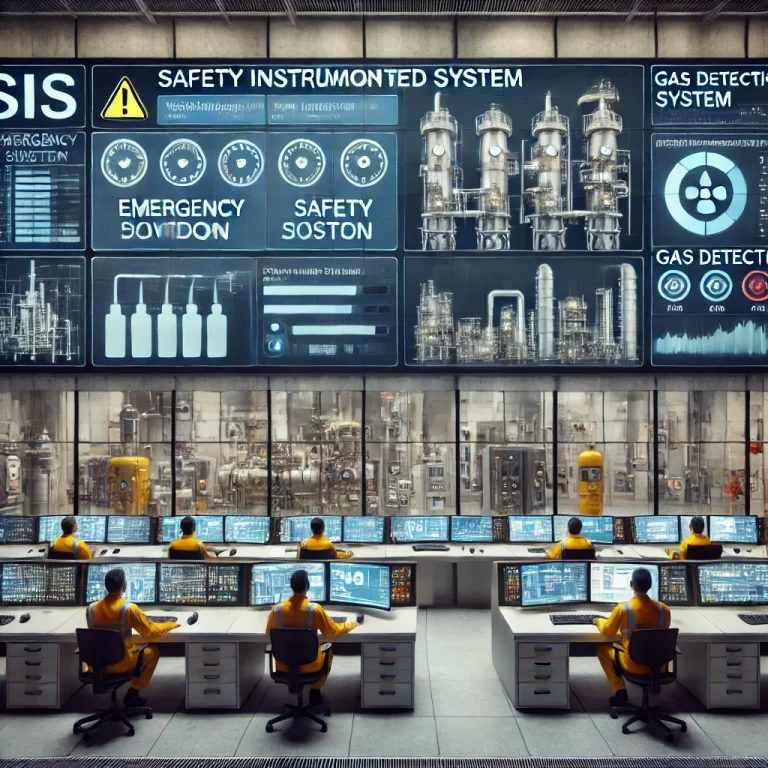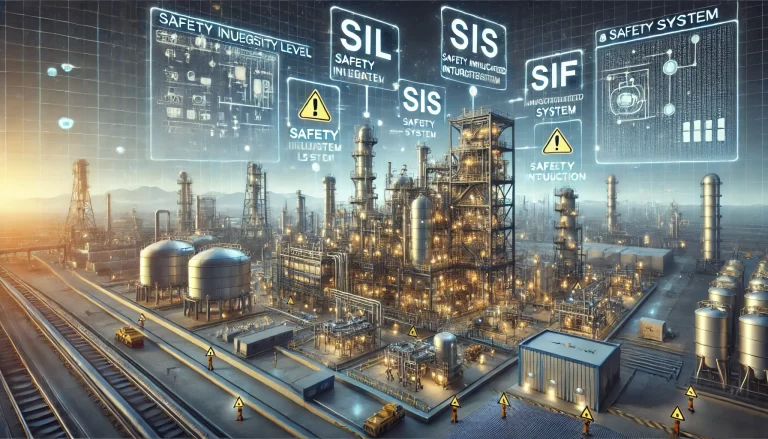1. Function of Terminal Boxes in SIS Systems
In the wiring process of Safety Instrumented Systems (SIS), terminal boxes are commonly used for connection and signal distribution. They play a crucial role in simplifying wiring structures and enhancing system flexibility, particularly in complex process automation systems. The primary functions of terminal boxes in SIS systems include:
Centralized Wiring: Terminal boxes serve as a centralized point for connecting multiple cables and devices, reducing complexity and ensuring organized cable management.
Signal Distribution: They help in distributing signals efficiently across different system components, ensuring seamless communication.
Flexibility and Scalability: Terminal boxes allow for easier system expansion and modifications, which is critical in evolving industrial environments.
However, the selection and installation of terminal boxes in SIS systems must take into account stringent safety, reliability, and redundancy requirements to ensure functional integrity.

2. Relevant Standard Requirements
To ensure the safe and reliable use of terminal boxes in SIS systems, compliance with the following standards and guidelines is essential:
(1) IEC 61511 Standard
IEC 61511 is the primary standard governing safety instrumented systems in the process industry. Key wiring requirements include:
Redundancy Design: SIS systems often require redundant configurations. Terminal boxes must support redundant signal connections to ensure continued system operation in the event of a failure.
Interference Resistance: As industrial environments are prone to electromagnetic interference (EMI), terminal boxes and wiring must incorporate robust shielding and grounding techniques to minimize signal disruptions.
Grounding and Shielding: Proper grounding of terminal boxes is essential to prevent electrical faults. Shielding measures must be implemented to reduce EMI impacts.
(2) IEC 61508 Standard
IEC 61508 is a general functional safety standard that outlines specific requirements for SIS hardware, software, and overall system design. Specific guidelines for terminal boxes include:
System Integrity: The design of terminal boxes should not introduce new failure modes that could compromise SIS safety functions.
Fault Diagnosis: Terminal boxes should facilitate fault detection and identification to ensure the continuous performance of safety functions.
Lifecycle Considerations: Design, testing, installation, and maintenance must align with safety integrity level (SIL) requirements.
(3) UL Certification and Other Industry Standards
Depending on the industry and installation environment, terminal boxes may need to comply with additional standards such as:
UL 508A: Specifies electrical safety requirements for industrial control panels, ensuring compliance with fire and electrical protection guidelines.
Explosion-proof and Fireproof Standards: Terminal boxes used in hazardous areas must meet fire and explosion-proof certifications, such as ATEX or NFPA 70 (National Electrical Code).

3. Key Considerations for Wiring
When using terminal boxes in SIS system wiring, the following aspects should be carefully addressed:
(1) Fire and Explosion Protection
Ensure that terminal boxes and associated wiring meet the necessary fireproof and explosion-proof requirements for hazardous locations.
Use enclosures rated for the specific environmental conditions (e.g., NEMA 4X for outdoor applications).
(2) Grounding and Shielding Design
Implement proper grounding to prevent electrical faults and protect against surges.
Use shielded cables to minimize electromagnetic interference (EMI) and ensure stable signal transmission.
(3) Reliability and Maintainability
Select high-quality terminal boxes with corrosion-resistant materials to withstand harsh environments.
Ensure that terminal boxes are designed for easy access to facilitate routine inspections and maintenance.
Implement modular designs that allow for quick replacements without system downtime.
(4) Labeling and Documentation Management
Each terminal connection should be clearly labeled to simplify troubleshooting and maintenance.
Comprehensive documentation, including wiring diagrams, maintenance records, and installation manuals, should be maintained for future reference.

4. Practical Implementation Strategies
To optimize the use of terminal boxes in SIS systems, consider the following practical implementation strategies:
Conduct a Risk Assessment: Identify potential risks associated with terminal box installation and address them during the design phase.
Choose Certified Components: Always opt for terminal boxes and accessories that comply with recognized industry standards.
Regular Inspections and Testing: Periodic inspections and testing should be conducted to verify the integrity of the terminal connections and ensure ongoing compliance.
Training and Awareness: Ensure that personnel involved in installation and maintenance are adequately trained in safety protocols and standard compliance.

5. Conclusion
The use of terminal boxes in SIS system wiring is feasible and beneficial when appropriate safety, technical, and regulatory measures are followed. By adhering to standards such as IEC 61511 and IEC 61508, and incorporating redundancy, interference protection, and proper grounding strategies, terminal boxes can contribute to the reliable and safe operation of SIS systems. Effective documentation and maintenance strategies further ensure long-term system integrity and compliance with industry best practices.
